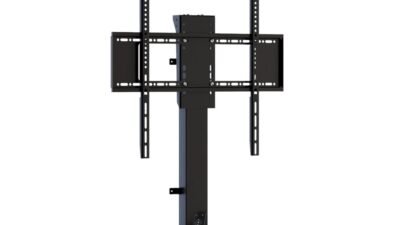Tracking equipment, tools, and infrastructure begins with a durable identification system. Asset tags provide that solution—functioning as fixed identifiers used in logistics, compliance, warranty, and security management. Whether etched, printed, or engraved, these tags serve as a foundation for record-keeping and inventory control across various industries.
Choosing between metal and plastic asset tags depends on performance requirements, exposure levels, and budget expectations. Both categories offer benefits, yet differences in material resilience, finish, and application method can impact tag functionality and lifespan. This guide examines both formats through technical comparisons grounded in industrial experience.
Durability and Lifespan Comparisons
Metal tags maintain their structure under heat, abrasion, and mechanical impact. Stainless steel, anodized aluminum, and brass options are resistant to surface wear, cleaning agents, and UV exposure. These materials can withstand engraving or laser marking without compromising legibility. For asset management involving outdoor infrastructure, fleet equipment, or chemical plants, metal tags preserve data despite extended exposure.
Plastic asset tags, by contrast, are prone to scratching and cracking under pressure or temperature extremes. UV light causes discoloration over time. However, polycarbonate and laminated polyester substrates offer moderate resilience in controlled indoor settings. When subjected to chemical cleaning or surface wear, plastics may lose barcodes or data—especially if printing methods involve surface ink layers instead of sub-surface imaging.
For any environment subject to impact, fluid contact, or temperature fluctuations, metal remains the more stable option for asset tags and labels.
Environmental Suitability: Indoor vs Outdoor Use
Environmental placement determines how tags perform under various weather, lighting, and industrial conditions.
Metal Tags:
- Withstand corrosion, rain, direct sunlight
- Remain legible after sandblasting, power washing, or prolonged UV contact
- Ideal for field-installed assets, traffic signage, and construction equipment
Plastic Tags:
- Work well indoors under static lighting
- Risk peeling or softening in warm or moist environments
- Well-suited for laptops, shelving, cabinets, and office equipment
Outdoor viability heavily favors metal, especially where data retention must span years without fading or peeling.
Cost Considerations and Material Value
Production cost varies depending on the finish, customization, and batch volume.
Plastic tags generally cost less per unit in bulk orders, especially when printing surface-level barcodes or alphanumeric sequences. For large office deployments or internal item tracking, plastic meets budget needs when performance demands remain low.
Metal tags require higher setup investment due to engraving, etching, or sub-surface printing processes. However, the long-term value often offsets the initial cost. For regulated sectors, such as aerospace, manufacturing, or medical equipment, metal offers asset continuity over time.
Short-term savings may appeal in plastic, but long-term durability and lifecycle value remain with metal.
Recommended Use Cases by Material
Metal Tags Are Commonly Used For:
- Utility pole identification
- Construction equipment tracking
- Government property or defense systems
- Asset tags exposed to outdoor or industrial settings
- Regulatory compliance with permanent marking requirements
Plastic Tags Are Commonly Used For:
- Internal office inventory
- Data center equipment
- Light-duty shelving or desk identification
- Temporary installations or short-lifecycle products
Material selection should be based on exposure expectations, asset movement, and intended inspection intervals.
Additional Factors: Adhesion, Customization, and Scanning
Tag success also depends on the backing material and mounting method. Metal tags can accept rivets, screws, or industrial adhesives, making them ideal for use on rough surfaces. Plastics, while lighter, require smooth, flat application zones and may fail under tension or vibration.
Customization options can be availed for both types, allowing for barcoding, serial numbering, and QR code integration. However, engraved or etched metal maintains scan clarity longer, especially when resistance to solvents or wear is necessary.
Working with Identifab for High-Quality Asset Tags and Labels
Tag selection has a direct impact on the reliability of asset-tracking systems. From environmental stress to compliance expectations, material decisions must reflect both technical demands and visual appearance. For lasting traceability in demanding conditions, metal provides longer usability and stability. For short-term or indoor-only identification, plastic remains a feasible option within scope.
For asset tags and labels in Canada, Identifab manufactures both metal and synthetic tag solutions engineered for varied environments and specifications. Contact Identifab to determine the correct material configuration for any identification requirement.




